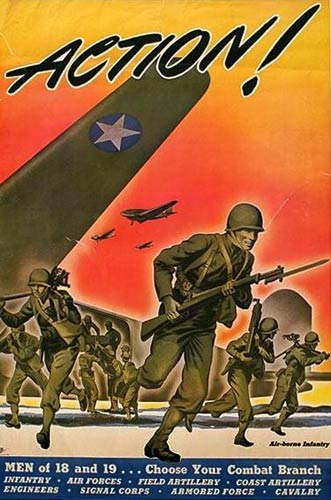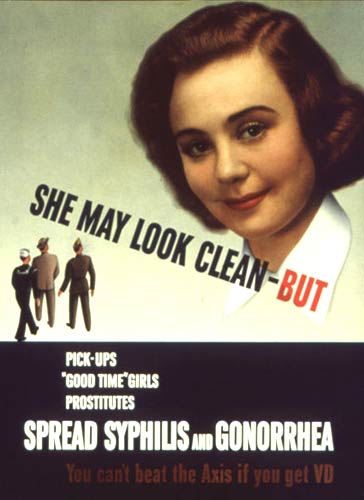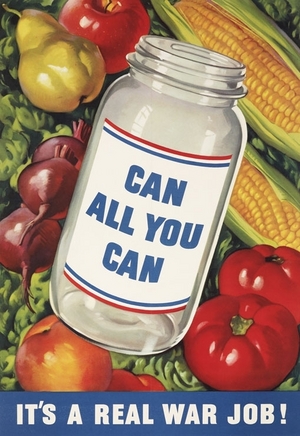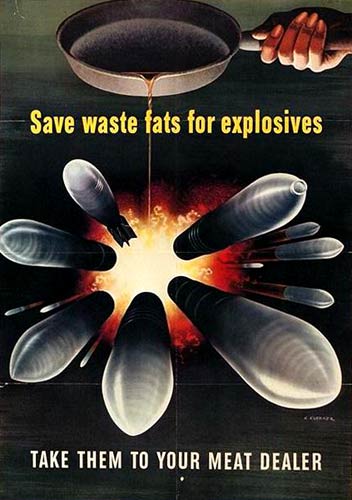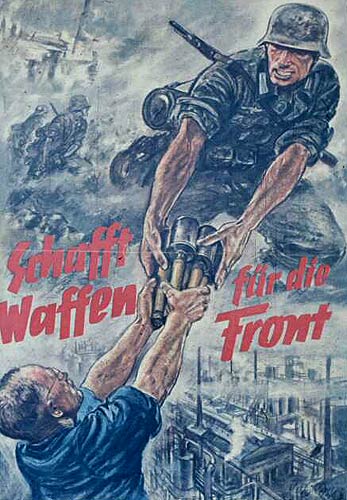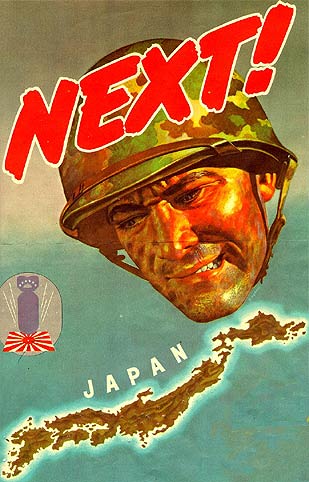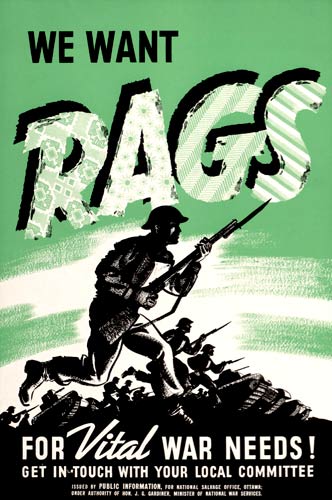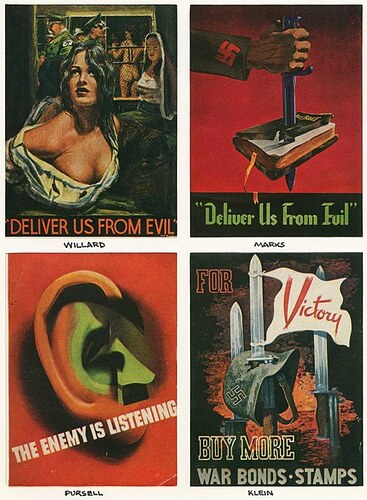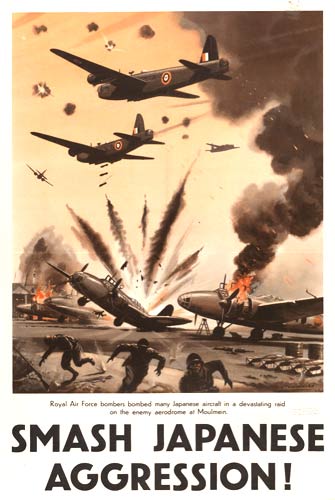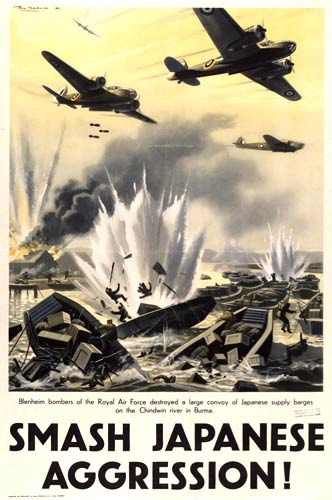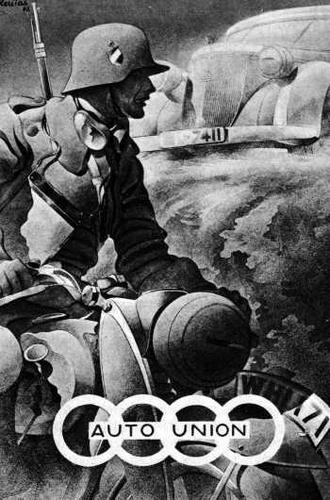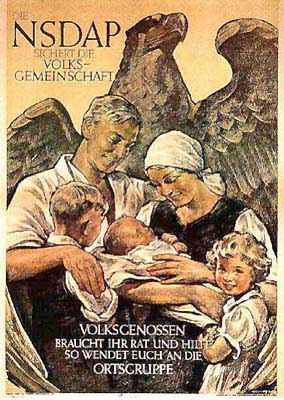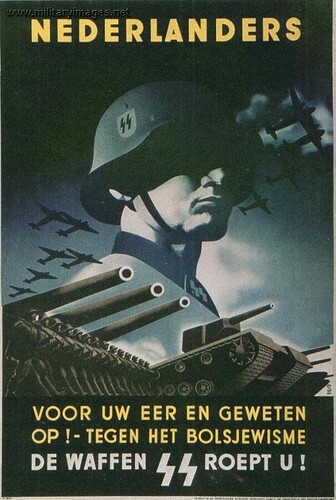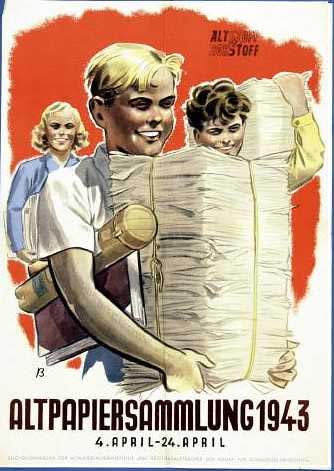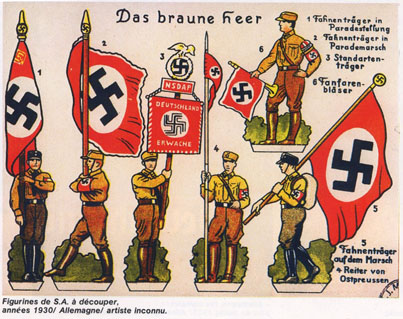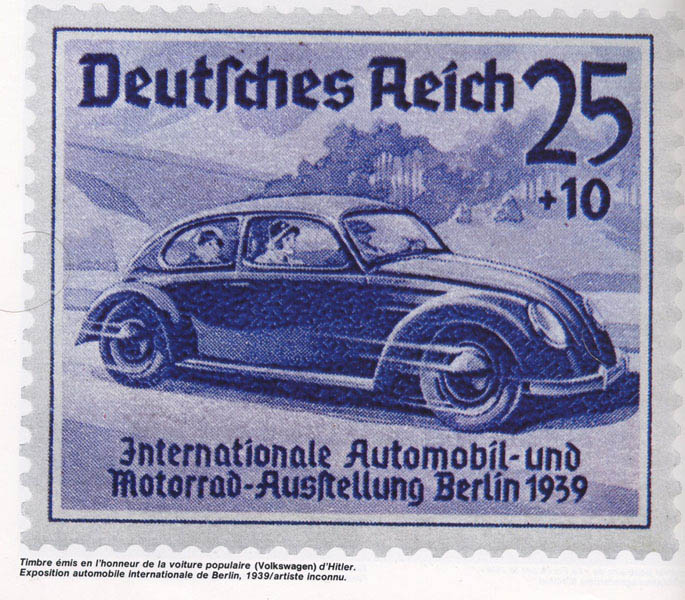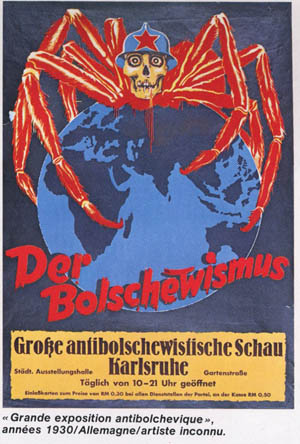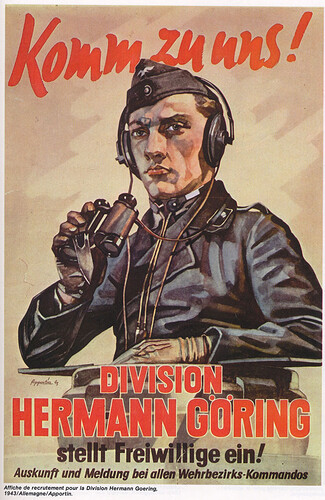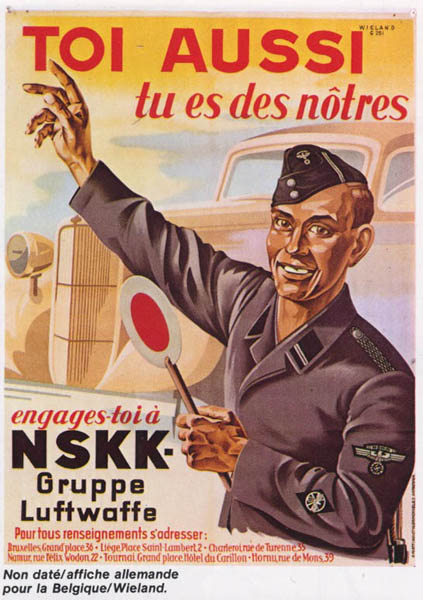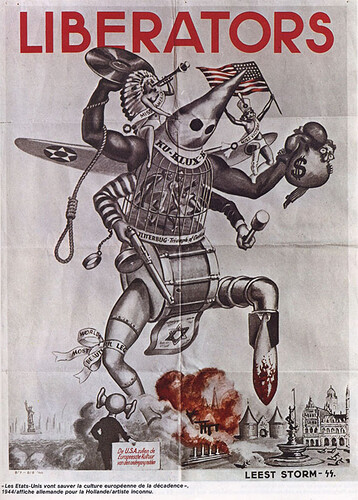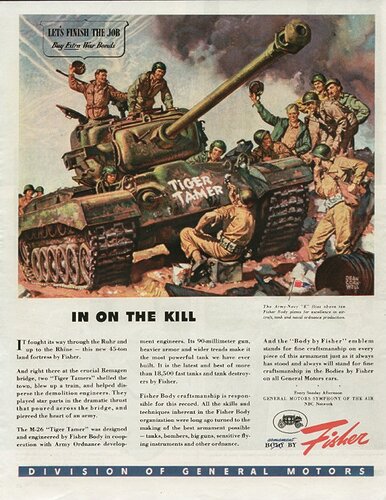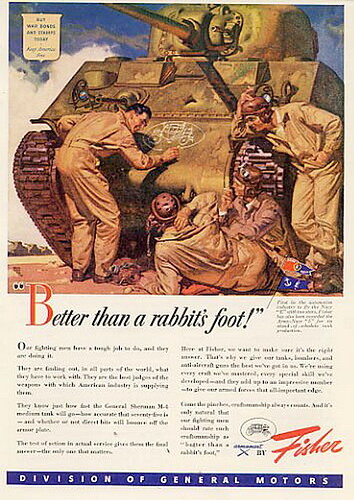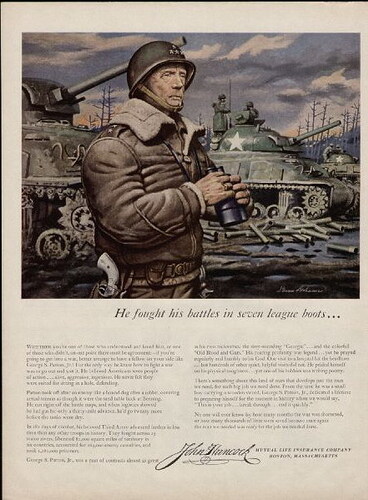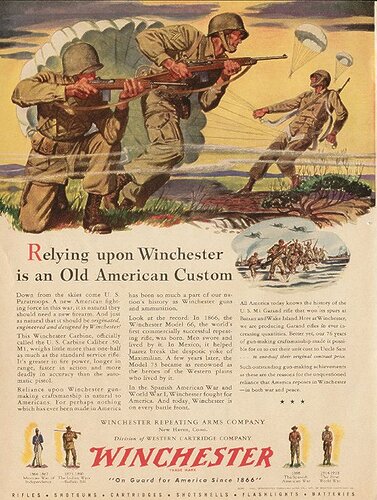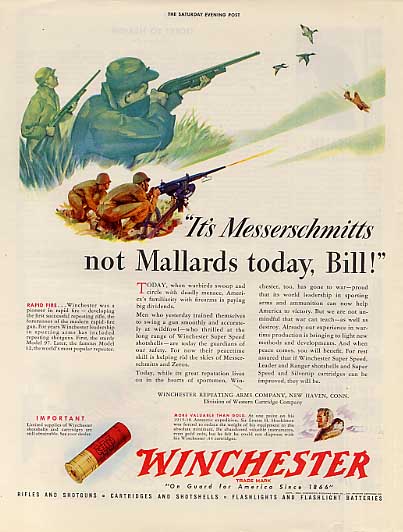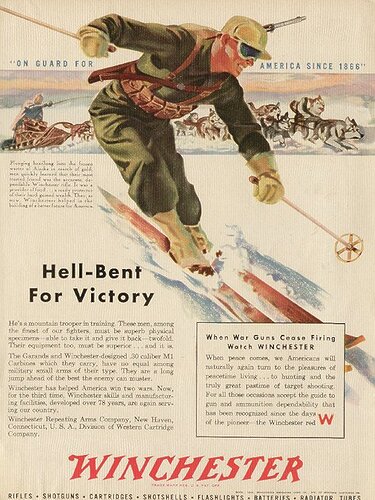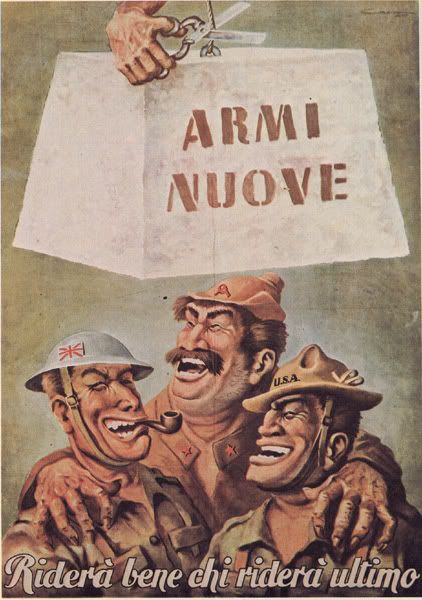Well, I think that I will be able to provide an all-inclusive answer for you, my dear Mr. Windrider. You see, different vegetable oils and animal fats are representing an excellent source of glycerol, and that compound – if nitrated with nitric and sulfuric acid – is able to produce glycerol-trinitrate, which is an essential ingredient of smokeless gunpowder and various explosives such as dynamite, or propellants as cordite. 
Production is very undemanding: the fats, heated with water in a pressurized tank, are decomposed into fatty acids and glycerol at the temperature of some175-200 С. This process is known as pressurized hydrolysis, but we have numerous other processes on our disposal, for example, interesterification, acydolysis (the most notable products are so called acetofats, incredibly usable for plastification of nitrocelulosis!) alcoholysis (an excellent method for fabrication of bio-Diesel fuel and glycerol, which in that case actually is representing a by-product!), polymerization, sulphatization, etc.
Of course, if you are interested for those highly intriguing processes, we will open a special thread - The Combat Chemistry. 
And now – back to our main theme in this thread! Fortunately, we have certain novelties connected with the wartime art. Their specific value is embedded in fact that they are reflecting the very same historical event – Japanese attack on Clark field - but from a completely different perspective.
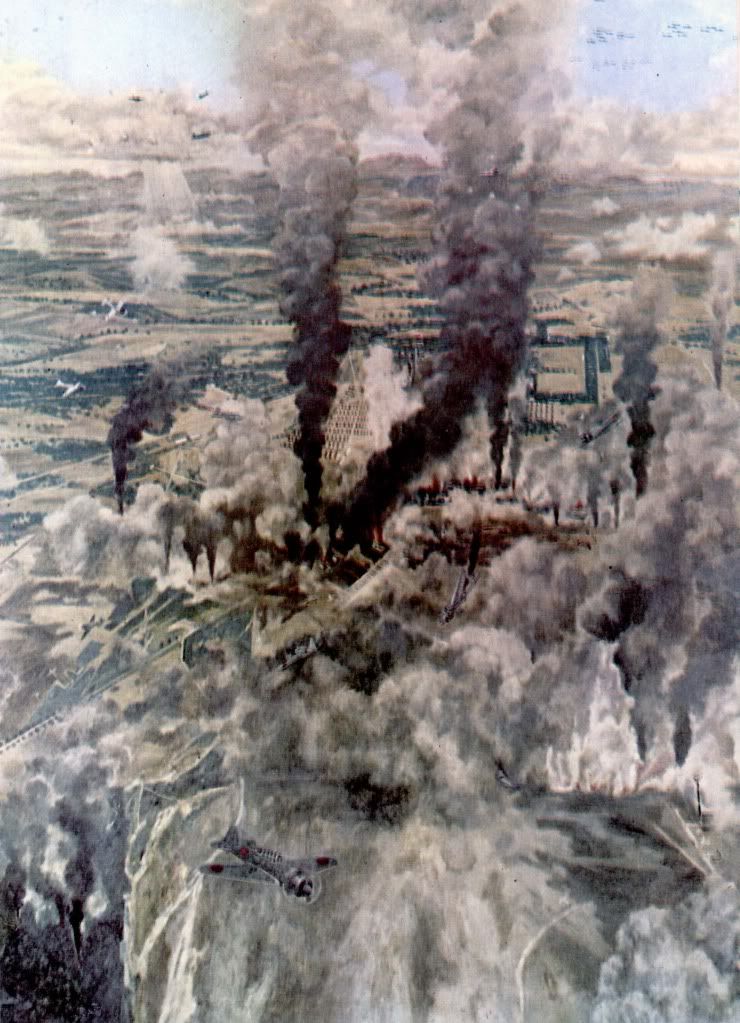
Sato Kei – Air Raid on Clark Field, 1942 (watercolors and ink)
Painted in guache-opaque water color, this painting is a typical product of strictly naturalistic, visually correct school of Japanese art. Everything is indeed meticulously drawn, but the over-all impression is that the objects in painting are away from the spectator, suggesting an effect of isolation, although every part of the work has its pictorial value. Somehow nothing seems able to disturb the preemphasized order. Whatever the importance of this picture may be as a historical document, I regard it as a pretty calm and muted visual symphony.
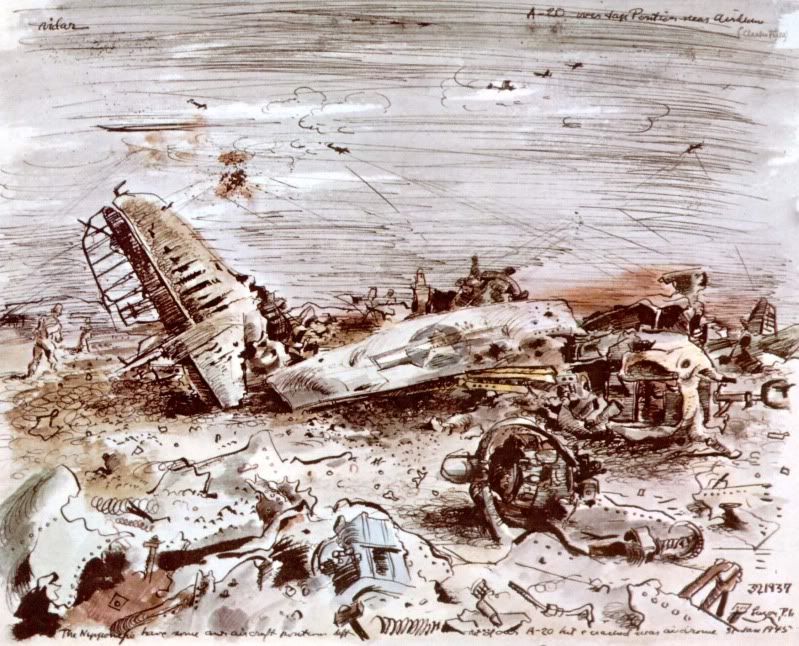
Frede Vidar - The aftermath of the Japanese attack on Clark Field, 1941 (pencil and watercolors)
This sadly forgotten American artist was noted for his elegant, restrained calligraphy, using the pencil to shadow and draw at the same time. Perspective was slightly sacrificed to the artist’s inherent concept of array preservation, and restrained colors he chose did not restrain his emotional intensivity. He bravely felt entirely free to endow with pale colors he chose the objects he observed, because his cursive visual stenography, with little curving strokes, was light, swift, graceful, and seemingly artless. His virtuosity enhances the objective moment in the things he drew and painted, and the rapidity of his sketching has enabled him to capture moods and occurrences inaccessible to slower-working painters.
Well, that’s all for today, honorable ladies and gentlemen. In the meantime, as always – all the best! 
